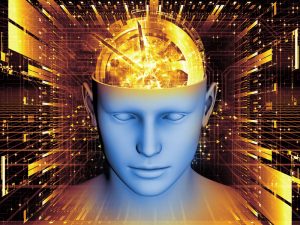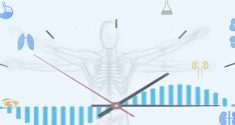When epilepsy strikes it’s a hard blow, not only for the affected individuals, but also for their loved ones. The quest to find a cure can consume a family, making it difficult to think about anything else as long as the symptoms persist.
The intricate design of the human body is truly marvelous. Each particular system is so complex with so many variables that truly understanding how to manage or beat an illness like epilepsy requires incredible perception and discernment. At times, it requires a doctor who’s willing to think outside the box regarding not only which medications to prescribe, but when to prescribe their use.
Epilepsy and the Internal Clock
For many years, science has understood that the internal clock exerts powerful influence over the body. Still, knowing that this internal clock is influential and understanding how to harness that influence to affect healing is an area of which many American doctors lack background.

An exciting new study published in the medical journal ChronoPhysiology and Therapy considers often overlooked opportunities for the treatment of epilepsy including chronotherapy. Chronopharmacology, or the study of how the efficacy of drugs can be altered by the timing of biologic events and rhythms, is based on the understanding that pathologies follow clear patterns: Some of them are 24-hour cycles, others ultradian, diurnal, or seasonal rhythms. By administering treatment and medication at those pathologies’ peak activity time segments, patients can minimize negative side effects and maximize potency of treatments.
Chronotherapy in the Fight Against Epilepsy
Although most medical professionals are well aware of the importance of considering factors such as metabolism, absorption and excretion, they are just beginning to realize how substantially circadian rhythms, or the 24-hour cycle, can also be utilized to play a major role in the body’s processing of treatments and medications.
Other than chronopharmacology, other forms of chronotherapy can be employed to treat the epileptic patient. An example of this is light therapy, which can adjust circadian imbalances in an effort to correct hidden problems contributing to epilepsy.
Light therapy is an especially intriguing idea for many who wish to explore more natural methods of epileptic treatment. Sunlight, which assists in the regulation of vitamin D and melatonin, is already used with great success among those suffering with depression. Since both melatonin and vitamin D impact the rate and severity of seizures, this less-invasive therapy shows promise.







